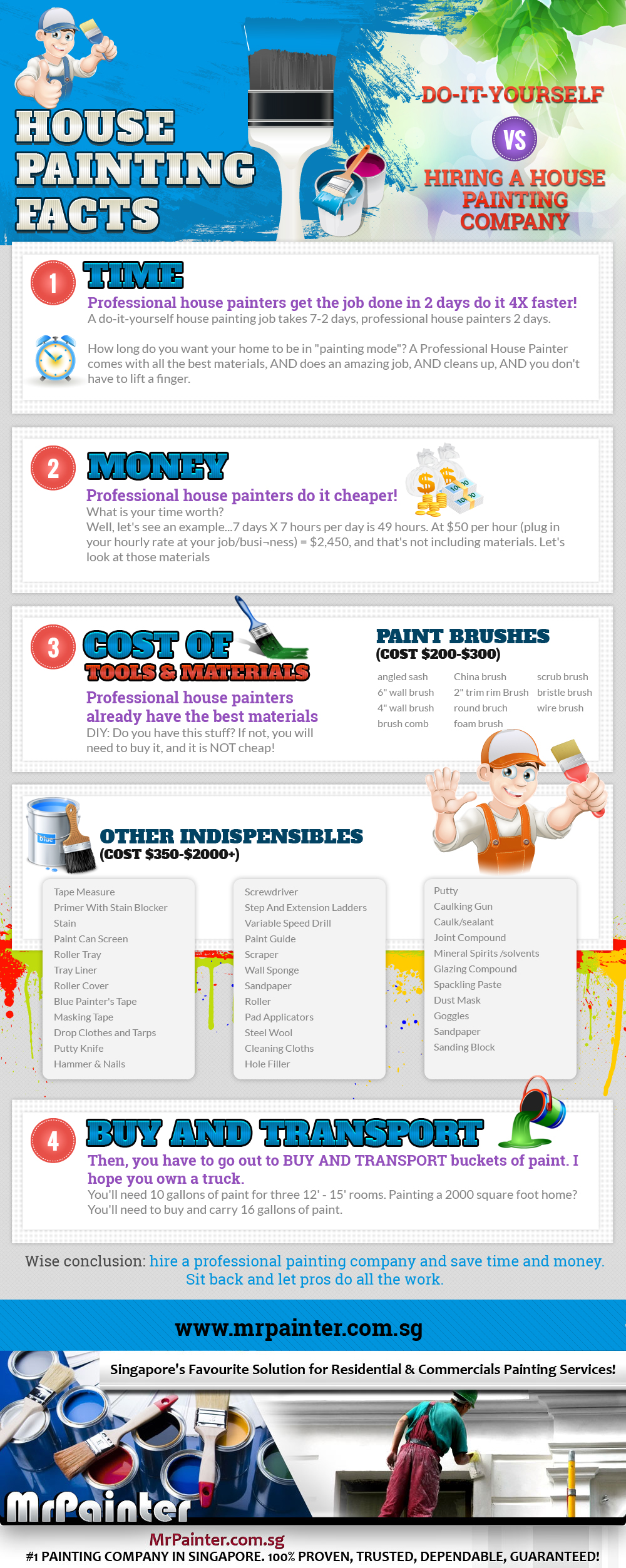Variables To Think About For Commercial Exterior Painting By Period: Crucial Information You Should Have
Variables To Think About For Commercial Exterior Painting By Period: Crucial Information You Should Have
Blog Article
Web Content By-Fox Celik
When you're planning a business external paint job, seasonal factors can make or damage your outcomes. You'll wish to consider exactly how temperature and humidity influence paint application and drying out times. Selecting the appropriate period can ensure your paint sticks appropriately and lasts longer. But which seasons are truly the best for this type of job? Let's check out the key elements that can influence your job's success.
The Influence of Temperature Level on Paint Application
When you're preparing an industrial outside paint project, the temperature can significantly impact exactly how well the paint adheres and dries out.
Preferably, you want to paint when temperature levels vary between 50 ° F and 85 ° F. If it's too chilly, the paint might not cure correctly, bring about issues like peeling or cracking.
On the other side, if it's too hot, the paint can dry also quickly, protecting against proper bond and resulting in an irregular coating.
You need to likewise think about the time of day; early morning or late afternoon provides cooler temperatures, which can be a lot more positive.
Constantly check the manufacturer's suggestions for the specific paint you're using, as they typically offer assistance on the optimal temperature level variety for ideal results.
Moisture and Its Impact on Drying Times
Temperature isn't the only ecological variable that influences your business exterior paint task; moisture plays a considerable duty also. High humidity degrees can slow down drying times considerably, affecting the general high quality of your paint task.
When the air is filled with moisture, the paint takes longer to treat, which can cause problems like inadequate bond and a greater danger of mildew growth. If just click the up coming site on a specifically damp day, be planned for extensive delay times between layers.
It's crucial to keep an eye on local climate condition and plan as necessary. Preferably, aim for humidity degrees in between 40% and 70% for ideal drying out.
Maintaining straightline builders in mind ensures your job stays on track and provides a long lasting surface.
Best Seasons for Commercial Outside Paint Projects
What's the very best time of year for your commercial exterior paint projects?
Spring and early autumn are normally your best bets. During these seasons, temperatures are moderate, and moisture degrees are commonly lower, producing perfect conditions for paint application and drying out.
Stay clear of summer's intense heat, which can cause paint to completely dry too quickly, resulting in bad adhesion and surface. In a similar way, winter season's cold temperature levels can impede proper drying out and treating, risking the longevity of your paint work.
Go for days with temperature levels in between 50 ° F and 85 ° F for ideal results. Keep in mind to examine the local weather prediction for rain, as wet conditions can ruin your project.
Preparation around these factors guarantees your paint task runs efficiently and lasts much longer.
Conclusion
In conclusion, planning your commercial exterior paint jobs around seasonal considerations can make a significant distinction in the outcome. By scheduling job throughout the suitable temperatures and moisture levels, you'll make sure much better attachment and drying out times. Keep in mind to keep an eye on regional weather prediction and choose the right time of year-- springtime and very early loss are your best choices. Taking these actions will help you attain a sturdy and expert coating that lasts.
